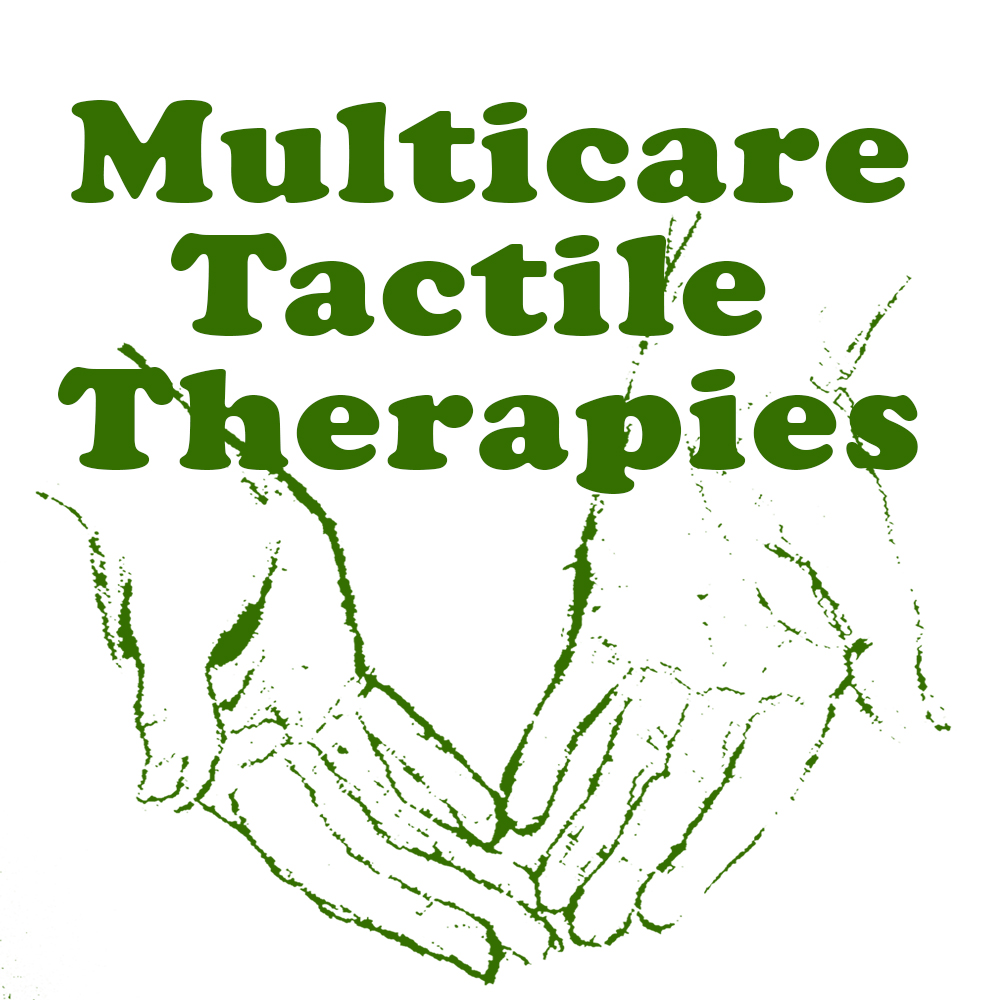MULTICARE TACTILE THERAPIES
Remedial massage is used to aid the treatment of medical conditions, for someone with an identifiable medical problem. Different from other forms of massage, remedial massage, this is performed by a trained remedial massage therapist and classified as a therapeutic or clinical massage.

Remedial massage supports the prevention and management of soft tissue injuries. It ties in well with other health professionals as a part of a patient’s treatment plan.
The majority of people, who come to see me, do so for stress or tension-based pain. Many clients come in because they have upper back, neck, and shoulder pain, and pressure is one of the biggest reasons why this pain occurs. Lifestyle factors, both environmental and innate, cause stress. It accumulates in the body and over time, causes muscles to tighten.
Other examples of patients who would benefit from remedial massage include:
- Patients with back spasms and disc problems.
- People with chronic pain.
- Post-surgery for patients, such as arthroscopic knee surgery or a joint replacement to manage the healing of soft tissue and deep tissue scarring.
Remedial massage techniques:
Remedial massage therapists use a variety of methods to manipulate the muscles and soft tissue
Trigger point therapy.
Treat high-stress areas with taut muscle fibres in the body. Many people have these in their back, neck, and shoulders, and the buttocks, glutes, and calves. Trigger point therapy can be painful and involves a therapist applying pressure to a trigger point for six to 12 seconds before stretching.
Petrissage movements.
Remedial massage therapists use deep petrissage movements for deep manipulation of the soft tissue. Petrissage movements are similar to a kneading change utilizing the thumb and palm.
Other conventional techniques include soft tissue and deep tissue massage, Swedish massage techniques, gentle joint mobilisation, and assisted muscle stretching.
Remedial massage benefits:
When people think of remedial massage, many think of AFL players having their legs rubbed down on the side of the field. Although remedial massage can be used in the treatment and prevention of sports injuries, there are so many other benefits to this form of massage.
- Decreasing pain and alleviating chronic pain conditions.
- It is preventing and managing soft tissue injuries.
- I am removing tension and tightness in the muscles.
- Increase blood flow and oxygen to the treatment area.
- Recovery time for athletes or people who train rigorously is improved.
- Flushing chemicals out the body that cause muscles to tighten.
- Breaking down and healing of scar tissue post-surgical operation.
- It can improve problems such as headaches, abdominal pain, low back pain, and sciatic pain.
- It is applied in treatment for muscle cramps, whiplash, muscular atrophy, fibrositis, spondylitis, and arthritis.
The most common health-related conditions that present to remedial massage therapists and include:
- Neck/Shoulder Pain
- Back Pain or other Back Problems
- Health and Wellness for Maintaining, Improving Health or Functioning, and for Injury Prevention, including Stress and Tension Reduction
- Headaches or Migraines
- Sports Injury Management and Rehabilitation
- Arthritis
- Other Acute Injury or Pain Conditions
- Different Chronic Reduced Function, Disability or Pain Conditions, e.g., Fatigue
- Occupational Overuse Syndrome
The approach used.
The most distinct approach is the physical or direct method, which involves deep pressure or direct application of a massage technique to soft tissue to improve musculoskeletal health to address injury and relieve chronic muscle tension.
As with all health-related therapies, no two people respond the same way. I generally use an integrated approach, drawing on a variety of techniques to address the specific condition to help the client.
The amount of pressure I apply changes to the condition you present. Importantly, I will adjust the pressure to suit your comfort levels, and it is essential to provide feedback if it is too intense or uncomfortable.
Medicare doesn’t cover the cost of massage therapy, the Department of Health’s Health Direct website reports.
However, if you have private health insurance, you may receive up to a 30 percent rebate on some treatments such as physiotherapy and massage therapy.
Ask your health fund what your ‘Extras’ cover includes.
Thanks to an increase in the number of alternatives ‘pop up’ massage clinics, the government is reviewing and cutting back on what types of massage therapies through private health insurance are covered.
The bottom line: check with your health fund if they cover remedial massage.
Myofascial Pain
Muscle pain is commonly known as Myofascial Pain.
The word MYO relates to muscle. FASCIA is the sheath of connective tissue which encloses the muscle.
Myofascial pain commonly experienced within the connective tissue, which encloses the muscle fibres. These groups of muscle fibres create active tissues, which we refer to as muscles.
Trigger Point Therapy.
A myofascial trigger point develops within the muscle, which that experienced as a sharp irritable pain. The point is painful when pressed, and this pressure creates a sensation of tenderness and pain.
Myofascial Referred to Pain Pathways
Pathways are areas that arise from the trigger points; however, they are often felt at a distance and connect to the source of pain.
A remedial massage therapist is a health professional with the training and ability to assess and decide upon the most appropriate treatment for muscular and soft tissue pain and or injury.
The type of pain often has the effect of reducing movement around the joint, which can be a ‘normal’ protective response to injury or overuse of that particular area.
The experience of pain is your body’s warning signal that further injury can occur if you continue to use the affected group of muscles. The sign of illness is an indication of rest and recuperation. Without proper rest, your body will develop a coping strategy to deal with the condition. The result of postural imbalance is a shift in a posture to avoid the painful region.
Consequently, the body begins to compensate for the original problem. The pain can be so limiting that long term protection of the injured area, causing a chronic condition to develop where there is further restriction of the healthy joint and muscle movement.
Remedial Massage Treatment
Each Remedial massage treatment session allows for a personal and specialised focus on a client’s physical postural condition, whether that lies in developing better core strength to aid lower back pain. Or recovery from shoulder issues such as a frozen shoulder. Specific rehabilitation massage enables me to cater to a wide range of soft tissue injuries.
Rehabilitation and postural alignment is the focal point of the practice I wish to offer clients. In essence, it is the aim to resolve the core element, which defines the muscle pain and restriction of movement.
Visit Us.
MULTICARE TACTILE THERAPIES
Deep Tissue Massage
Trigger Point Therapy
Myofascial Release Stretches
TREATMENT PRICES
40 MINUTES $60.00
60 MINUTES $70.00
Concession prices and Gift Vouchers are available
CLINIC HOURS
8.00 AM TO 6.00 PM
CLINIC ADDRESS
13 Belmont Road Berwick Victoria 3806
Phone Number 0421026565
